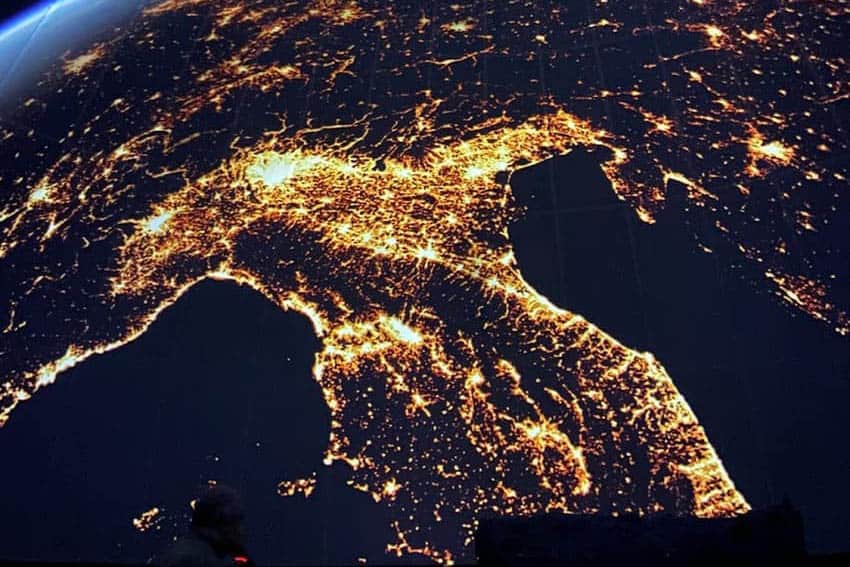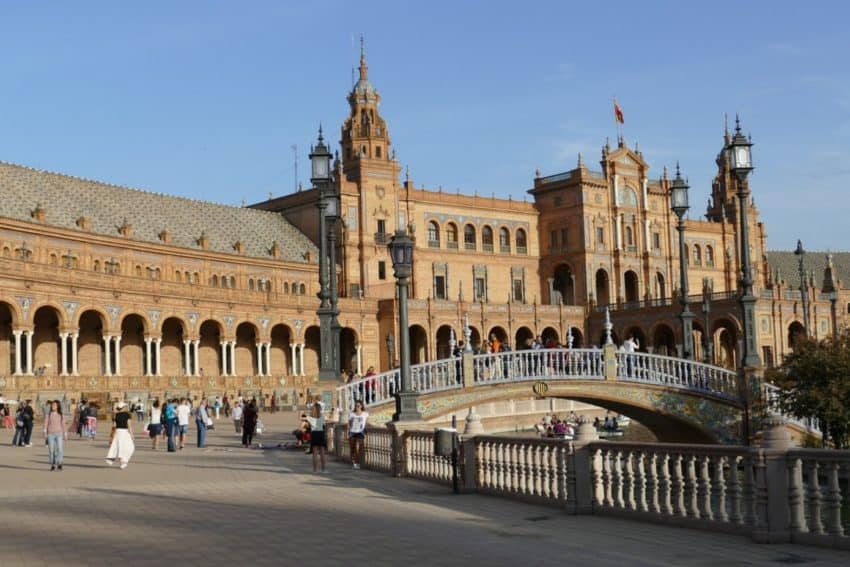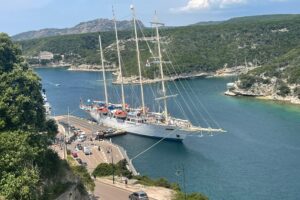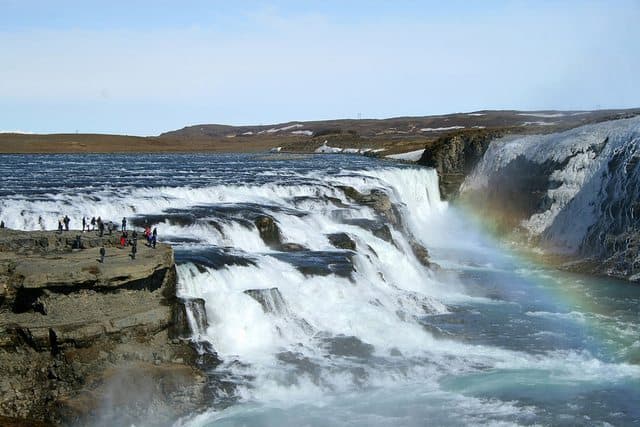
In Stykkisholmur, Iceland, prepare for the worst food you’ve can imagine
By Laurieanne Wysocki

Many things come to mind when we think of Iceland –- ice-capped glaciers and lava fields like a lunar rock. Waterfalls and geysers. Vikings in horned helmets and guys with colorful names like Herald the Bluetooth and Eric the Red.
Perhaps we see stubby-legged ponies trotting over the tundra or maybe even Bjork in a swan suit prancing down Oscar’s red carpet.
Rarely do we think of gourmet cuisine. There’s a reason for that.
In the western coastal town of Stykkisholmur, Iceland, I had the opportunity to sample traditional foods that are typically served during the midwinter festival of Porramatur, but are increasingly being accepted as part of the Icelandic diet.
I don’t know what it is about Icelanders that causes them to eat some of the most repulsive fare on the planet and then treat it like they’re serving you a little Vermont cheddar on a Ritz.
As a lunch guest at the home of Hildibrandur Bjarnason, the inimitable shark farmer and largest producer of ‘cured’ shark meat in Iceland, it made sense that we would have hákarl or fermented shark meat as this is a staple of Porramatur.
Porramatur, a month long celebration has roots as recent as the 1950s, when migrants, following a post-WWII boom in urbanization, made their way from the countryside to Reykjavik. They brought with them their local recipes and then, as a tribute to ancient custom, prepared these foods buffet style for all to enjoy.
Although I had never tried hákarl, I heard that it smells worse than it tastes and that the best way to try it (besides quickly) is to wash down the putrid flesh with a shot of strong schnapps.
I passed this information on to Andrew, my adventurous travel partner, who keeps to the philosophy of trying anything at least once – whether it is strange food, bungy jumping, or throwing yourself out of a perfectly good airplane. However neither one of us was prepared for what Hildibrandur had in store.

First, to get to his farm, we took Route 54, which is the most direct way from Reykjavik. There are many sights along the way; Husafell for gigantic lava flows, Stapafell where you can explore the lava caves within a collapsed crater (not for the claustrophobic), or places a little less geological, like the reconstructed Viking settlements at Eiríksstaðir. Our intention was to get up near Stykkisholmur quickly and then hit some of the highlights on our way back to Reykjavik.
Route 54 is a highway of average scenery until the Snaefellnes Peninsula and then a world of amazing ocean vistas opened up. We passed through tiny hamlets with fishing boats bobbing in the harbor and large towns with commercialized fish factories right in the port.
Off in the distance black rock islands popped out of the water like giant stepping stones. Around Breiðafjörður Bay, the harbor is blocked by literally thousands of islands (last count 2700) that are home to gulls, kittiwakes, cormorants, puffins, and seals.

Never far from sight, the Snæfellsjökull volcano, immortalized by the Jules Verne tale ‘Journey to the Center of the Earth’, dominated the scene.
Off the westernmost tip near Skarosvik, where a Viking grave was discovered in the 1960s, we ate our packed breakfast on a golden sandy beach. Walking over lava flows we reached a lighthouse at the end of the cape and watched lazy seals soaking up the morning sun on the basalt.
As we were near Olafsvik, the premier place to begin a whale watching tour, we lingered a while hoping to spot minke or humpback whales frolicking in the sea.
By noon we were back in the car. Bjarnarhofn, Hildibrandur Bjarnarson’s farm, is sign-posted at the end of a long dirt road. We pulled in just as a tour bus was leaving. Hildibrandur and his dog were standing in front of a barn with a bunch of shark jaws mounted overhead. He waved us over.

“Welcome”, he said.“You are just in time. Those people didn’t finish everything so there’s still plenty to eat.” He invited us to look around his self-made museum in the barn while he went to prepare us a plate.
We stepped beneath a mobile of bones swaying in the breeze like wind chimes and are amazed at what we see. The walls are covered with the skeletal remains of hundreds of sharks. Rows of shark jaws pulled apart and big enough to crawl through, hang on the walls.
Shark vertebrae are everywhere. Several pieces, saucer-sized and the color of bone-white China are piled on tables and benches; others bits seemed tiny enough to be strung into delicate necklaces.
A pile of circular disks with notched edges remind me of the wheel ends I used to spend hours inserting colorful wooden pegs into as a kid.

In addition, there’s a photo gallery of dead sharks in uncompromising positions; headless sharks hanging upside down with their guts spilling out over the docks — sharks lying listlessly over forklift tines and degradingly stuffed into bucket loaders.
Many photos show Hildibrandur at work -– driving the heavy equipment or gutting a carcass, fleecing flesh from bone. In one, he sorts through a tangled web of shark eggs the size of baseballs.
In another, he is holding out a bread-loaf-sized chunk of hákarl with a sly grin on his face inviting the viewer to have a taste.
Hildibrandur must also be a seal hunter, for there are several of the whimsical looking animals stuffed and mounted on tables. Spotted pellets hang over the cross beam in the ceiling.
And then there are the farm animals. Three decapitated animal heads sit on a table, their black and white fur curling up around where their necks should be.

Without their bodies, Andrew and I argue over whether they are sheep or goats. They stare at us blankly and we marvel at how preserved they are –discussing how he might keep them looking so fresh.
Just then Hildibrandur returns with a couple of plates of boiled sheep faces and we know the answer.
“Here we have Svið og sviðasulta,” Hildibrandur said, pointing to the unmistakable jowls and muzzle — now shrunken and boiled tightly against the skull.
“And here is a little blóðmör. You might call it blood pudding.”
Hildibrandur continued, “This is lifrarpyls, a liver sausage stuffed with oats”. To me they looked like grey, irregular shaped tubes with Frankenstein stitches along the sides.
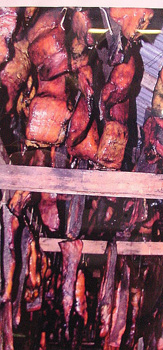
“And finally, this is hrútspungar”, he said, “rams’ testicles pressed in blocks, squeezed back into the scrotum, and then we boil them in lactic acid – so they aren’t as bitter.”
Suddenly I had a hankering for rotten shark meat.
Saying anything that would remove the nauseating plate from my sight, I blurted out that I would love to try the hákarl. “Oh no problem”, Hildibrandur said, handing my plate to Andrew, “there’s some on the table over there. Please help yourself.”
I grabbed a small paper plate that had a few morsels of the fermented shark meat and a tray of plastic Dixie cups filled with a clear liquid.
A bottle of Brennivin, or Black Death, the 80 proof caraway-infused, potato-based schnapps — considered to be the National drink of Iceland — found its way onto the tray. I brought it back to the table where Andrew, albeit a little ashen, was working his way through the head cheese.
Trying not to sniff the shark meat, I put the largest chunk into my mouth and began chewing it. It wasn’t as bad as I expected, but that didn’t prevent me from tossing back the schnapps. I finished the rest of the plate while Hildibrandur explained the traditional method of making hákarl. I didn’t ask for the other recipes.
He said, “Go out there and catch yourself a really big shark,” as if either of us had the means to do that. Then pouring out some more shots he continued, “Bring it in and cut it up.” This explanation was going to take some time.
Laurieanne with Hildibrandur in front of the farmer’s church on his property in Bjarnarhofn.

Before we all got too drunk, this is what I understood about the process of fermenting shark meat. First, gut and discard the innards. Throw away the cartilage and head and cut the flesh into larger chunks. Rinse off blood and any remaining gooey bits.
Dig a pit someplace where there is quality dirt and coarse gravel, preferably not near the house or your neighbor’s house.
Place pieces of shark meat close together at the bottom of the hole and then fill with dirt. Put heavy stones on top to help press out the acids and then wait several months before digging it up.
If you’re the impatient type and can’t wait to get your hands on some of that toxic flesh, bury it in the summer; the warmer days will speed up the putrescent process.
During the time underground, the fluids will drain out of the flesh making the meat taste more like the rotted fish it is and less as something scraped from behind the public toilets in a football stadium. It will also remove the poisonous ammonia that could kill you, not least make you throw up blood.
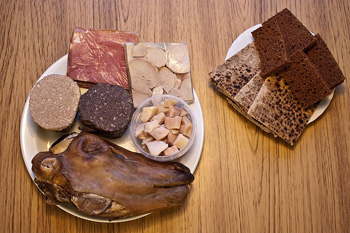
But you’re not finished yet. After digging up the decayed pieces, hang them in a cool dry place that gets a lot of air. A backyard woodshed, lean-to, or small barn is recommended.
Don’t worry about what the flies are going to do; you’ll scrape off the crusty outer layer before serving. When ready, cut the pieces into bite-sized portions and serve with a shot of Brennivin.
For his Travel Channel show, No Reservations, the well-known chef, Anthony Bourdain, who has made an interesting career out of sampling local cuisine throughout the international culinary world, has described fermented shark meat as “the single worst, most disgusting and terrible tasting thing” he has ever eaten.
What a wuss. Next time he should try theselshreifar or seals’ flippers. According to Andrew, with a little salt and a shot of schnapps, they’re not that bad.
- Jamaica: Kingston’s Bob Marley Museum - December 29, 2015
- Karen Blixen Museum Near Copenhagen Denmark - October 21, 2013
- Dining in Iceland: Fermented Shark Meat and Singed Sheep Heads - June 1, 2012


